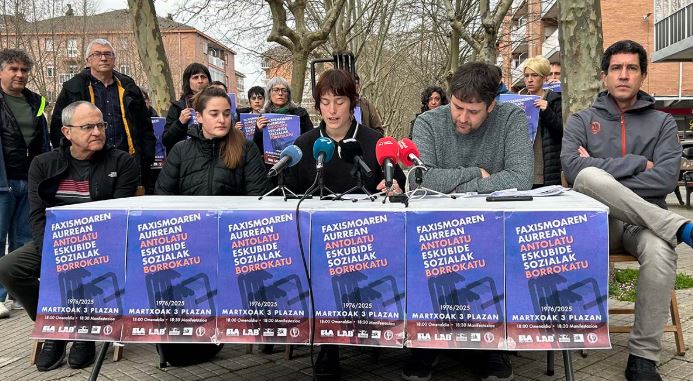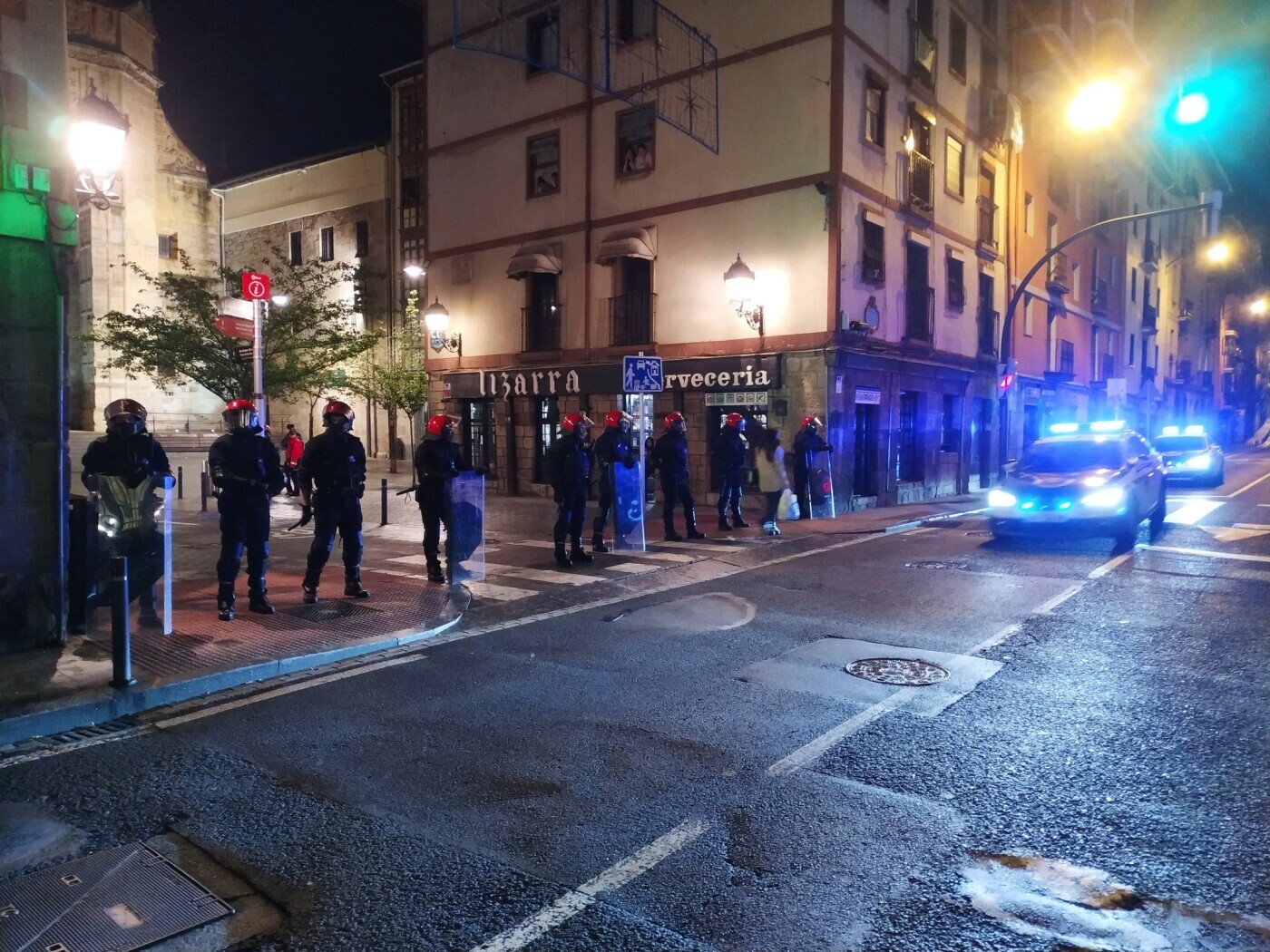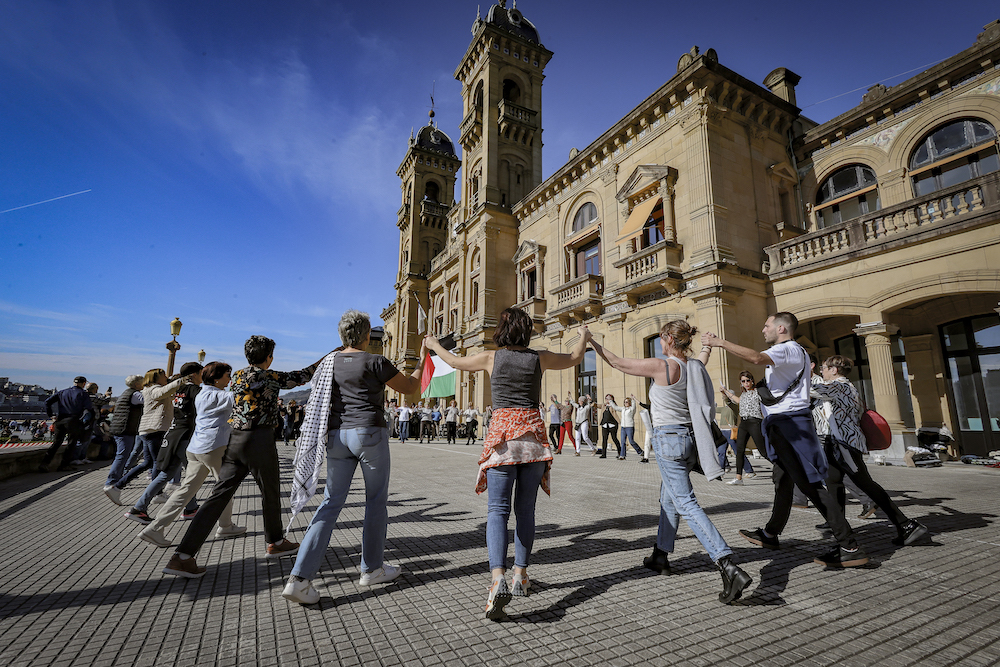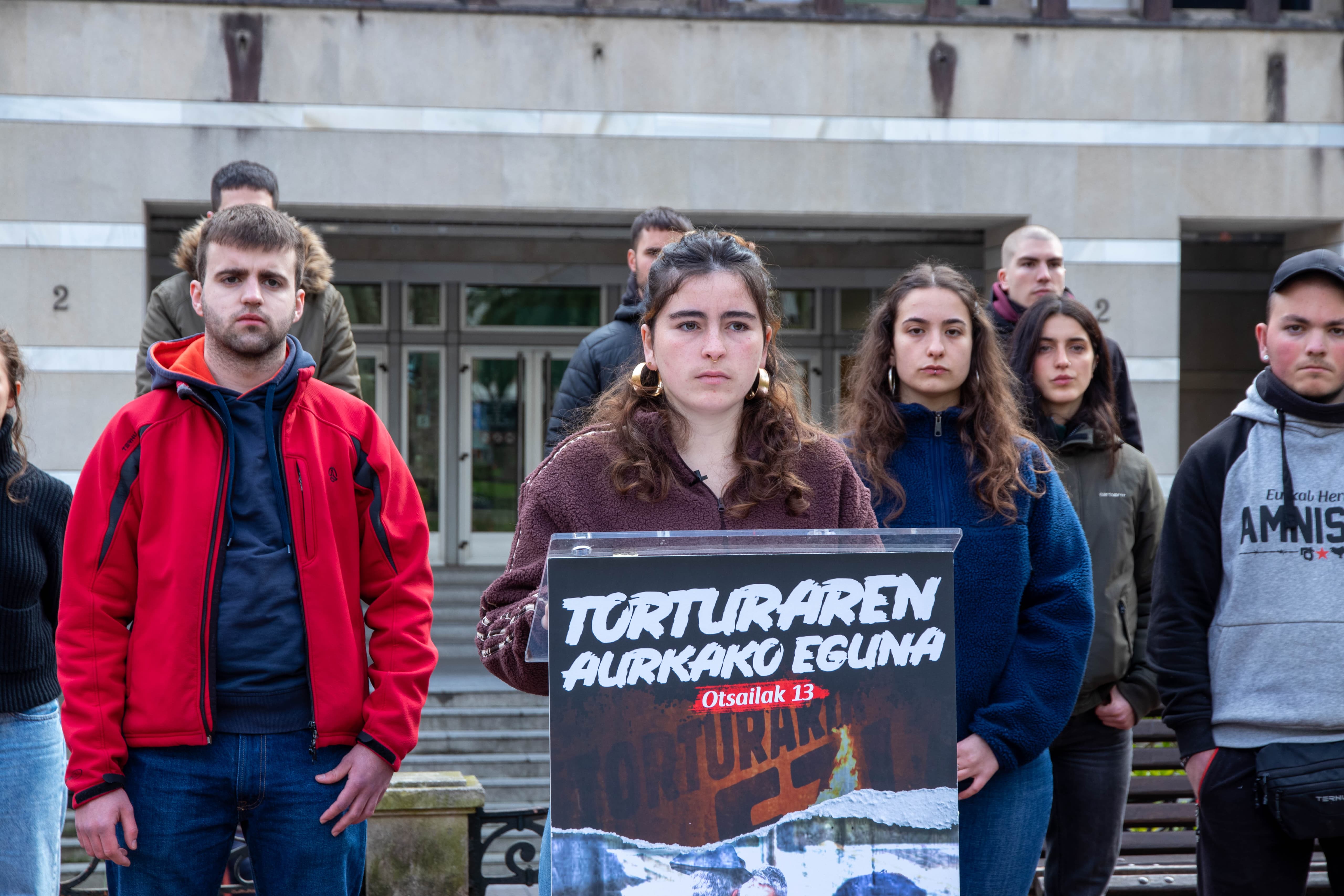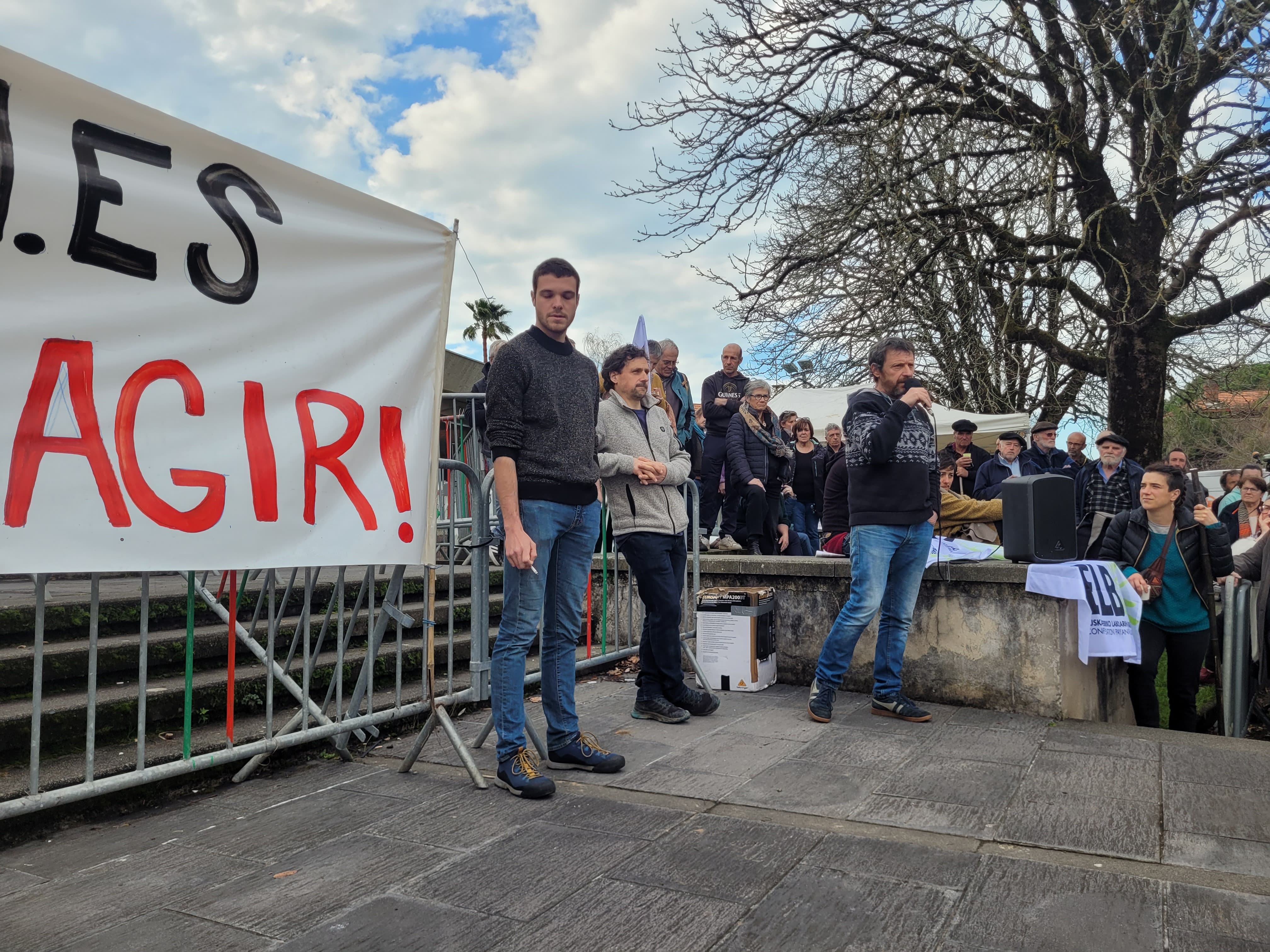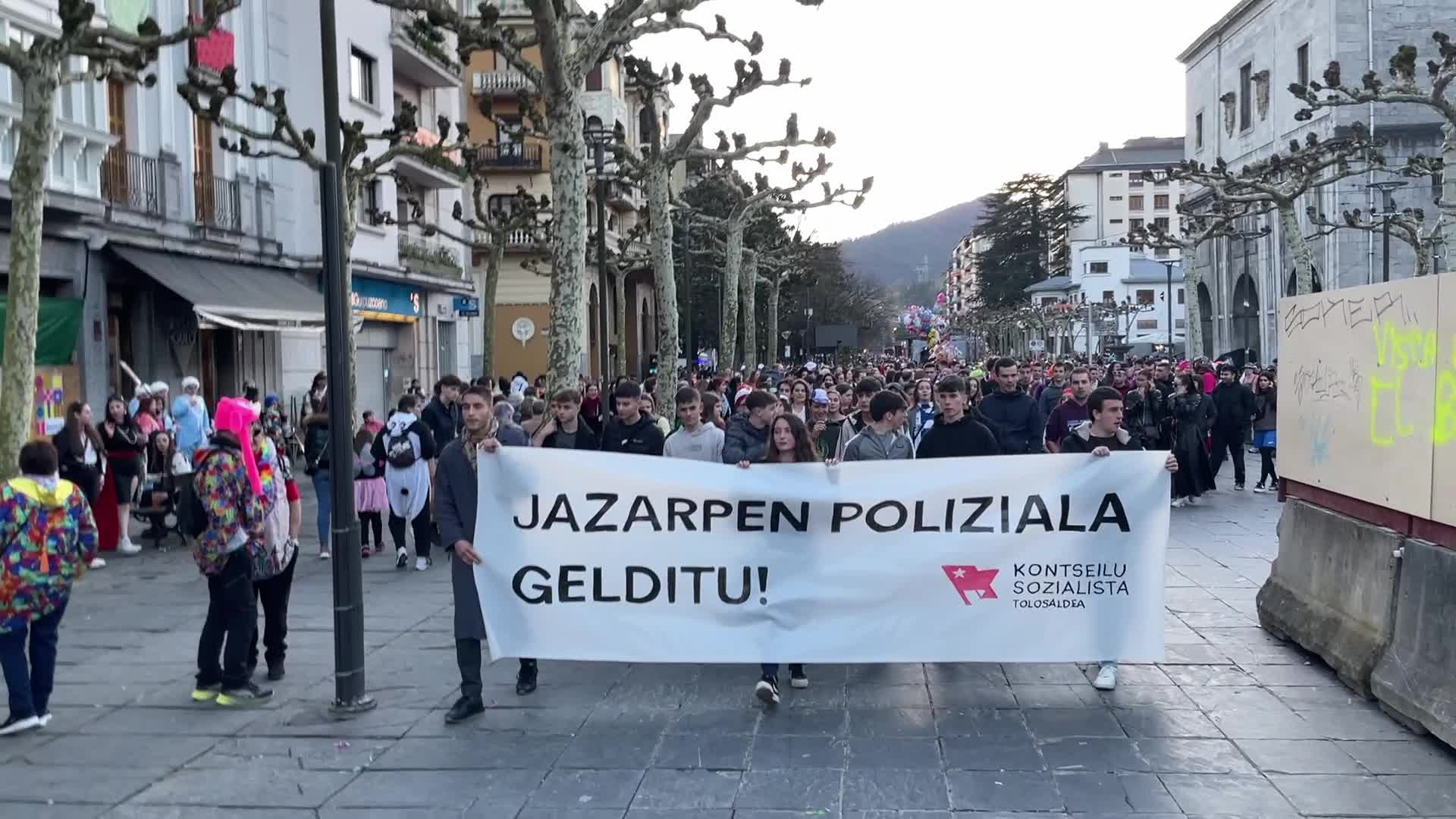Taxes, gas stations, rounders and Facebook
- Since November 17, 2018, these vests have begun to occupy the French State roundabouts and motorway tolls, as the logistical problems generated by the State are not fragile until it has become a political crisis of the first level.

In the media analysis, the movement of these vests has been defined as socially heterogeneous and politically apolitical, so they tend to be in the political spectrum at the right end. In a number of pickets, where traffic was filtering, racist and homophobic statements have been heard against a number of drivers who refused to stop. Therefore, the spokesman for the French Government has not lost the time to condemn the Foreign Statements issued today. On the other hand, since it is a movement that has risen up against the fuel tax, this mobilisation has been accused of acting against the environment.
So. How can we interpret what happened on the French roads? What kind do those wearing the shiny vest belong to? In which areas have the greatest mobilizations taken place? What have the organizers talked about through social media?
We need more in-depth research if we are to understand what has happened in the French State in a rigorous and direct manner. The public radio France Culture has compiled reports derived from the social sciences from various academic publications with the aim of creating a retratist robot.
1. SOCIOLOGICAL PROFILE
The journal Contretemps has published an interview with the sociologist Benoit Coquard. Coquard, a social researcher in rural areas, approached the pickets on November 17. After speaking with the natives, he drew the following conclusions:
- –Numerical force of mobilization: “A lot of people came out, especially in areas of low population density, and that, considering that the tradition of local mobilization is lower.”
- Equal number of women and men: “In rural areas, when it comes to mobilizing, men have traditionally dominated, and in this case there has been a strong presence of women”.
- Participation with Popular Classes: “I interviewed 80 people. In the area where the workers are older, artisans, farmers, people from the popular classes have been quoted: women with jobs and men who work in the workshops. Some worked in large workshops and have come the weekend, in the afternoon the workers of small and medium-sized enterprises also appeared.”
- High homogeneity: The analysis of the main media presents a saski of mobilization that calls into question the main message, which is illegible, incomprehensible, contradictory and questionable. Coquard has discovered nearby ways of life, “neighbors with similar tastes, who are found every day and who agree in the view of the world.” On the pickets, friends of the same community have found a meeting point. Most of the drivers passing by have agreed, except for incidents, but the media have taken on an excessive dimension, over and above solidarity. These are places in demographic decline, where restaurants that were the meeting point of the locals were closed, the associations were suspended and the pickets have become a new meeting point.
- As regards political awareness, Coquard denounces that there has been a haste in bringing the extreme right into contact or the lack of policy. It is true that these vests do not believe in the forms of political participation of parties and trade unions: “If many trade unionists have sunk, they have been removing the sticker from their organization, because at the local level they are mixed with power and the system.”
2. FRANCE AND TAXES
Alexis Spirer has analysed the relationship of the French with fiscal and fiscal policy, as well as its consequences. Throughout the history of France, various actors have questioned the fiscal policy of the state, including the Poujadists of 1950, the craftsmen of Nicoud of 1970, the directors of the startups of 2012. In these mobilizations, a professional organization called its members.
In this case, from the point of view of the professions we are faced with a plural movement, very dispersed in the territorial sphere, which has not been used by the professional organizations of its organization, nor has it used the mobilization networks of always. The sociologist also points out that in 2016 there were two demonstrations against the general regime of the self-employed. In these circumstances, the fuel price spark has set fire to many citizens and not only to professionals directly involved in transport, but also to people who are in contact with it.
Among these proposals, Spire says, we do not need to seek extreme car protection, nor concern about fuel prices. On the contrary, what has happened is a reaction to the tax: by moving against the fuel tax, the yellow vests are not opposed to the tax, but to the unequal taxation of the tax.
3. MAPPING OF PAIN
Regarding cartography, Hervé Lebras has published his analysis in the journal Nouvel Observateur. In his view, the map of mobilizations does not respond to the geographical distribution of the areas most voted for by the far right, nor to the so-called peri-urban France (neighbourhoods and residential villages around large cities). On the contrary, the least populated departments are the ones that have mobilized the most, and the mobilization is increasing as we move away from the big cities.
We would be facing a “Diagonal of the void” that goes from Ardeche to Euskal Herria, that is, the territories that lose the most population, so that nearby social and public services have disappeared.
On the contrary, Hervé Le Brasil remembers that Marine Le Pen receives the majority of his votes both on the Mediterranean coast and in northern France.
4. ANALYSIS OF SOCIAL NETWORKS
As for social media activity, the four researchers at the University of Toulouse have filtered, with the help of software, 2 million tweets and 29188 Facebook. As the media tells us about antinuclear, racist and apolitical, the four researchers (Brigitte Sebbah, Natacha Souillard, Laurent Thiong-Kay, Nikos Smyrnaios) show that this is a 2.0 citizen mobilization.
The racist lexicon has disappeared altogether, and the absence of the dictionary of the extreme right has also been felt. On the contrary, the sceptical attitude towards the national media is total.
These four sociological analyses deny the superficial image given by various media and the situation is much more complex. The question is how far this movement will be able to make a fundamental change in the French State.
This analysis has been published by the web Etzi.pm and we have brought it thanks to the Creative Commons license.
Istorioetan murgildu eta munduak eraikitzea gustuko du Iosune de Goñi García argazkilari, idazle eta itzultzaileak (Burlata, Nafarroa, 1993). Zaurietatik, gorputzetik eta minetik sortzen du askotan. Desgaitua eta gaixo kronikoa da, eta artea erabiltzen du... [+]
Ilbeltzeko igande goiz batez jo dugu Baztanera. Eguzkiak oraindik ez du Lekarozko plaza argitu; bertan elkartu gara Garbiñe Elizegi Narbarte, Itziar Torres Letona eta Ernesto Prat Urzainkirekin. Itzaletan hotz egiten du eta umorez goxatu dugu lehen agurra, hogei urtean... [+]
Irailaren 9ra gibelatu dute Kanboko kontseiluan gertatu kalapiten harira, hiru auzipetuen epaiketa. 2024eko apirilean Kanboko kontseilu denboran Marienia ez hunki kolektiboko kideek burutu zuten ekintzan, Christian Devèze auzapeza erori zen bultzada batean. Hautetsien... [+]
Azken egunak garrantzi handikoak izan dira Bartzelonan, etxebizitzaren aldeko mugimenduarentzat eta espekulatzaileen aurkako borrokarentzat. Urtarrilaren 28an, polizia-armada batek Raval auzoko Massana Zaharrari [zentro sozial okupatua] eraso egin zion goizaldean, aurrez abisatu... [+]
Larunbatean pertsona talde batek Tolosaldeako Kontseilu Sozialistako kide bati eraso egin ziola salatu dute. Azaldu dutenez, "faxistei aurre" egin zien propaganda jartzen ari zirela, eta piperbeltz espraiarekin zipriztindu zuten.













